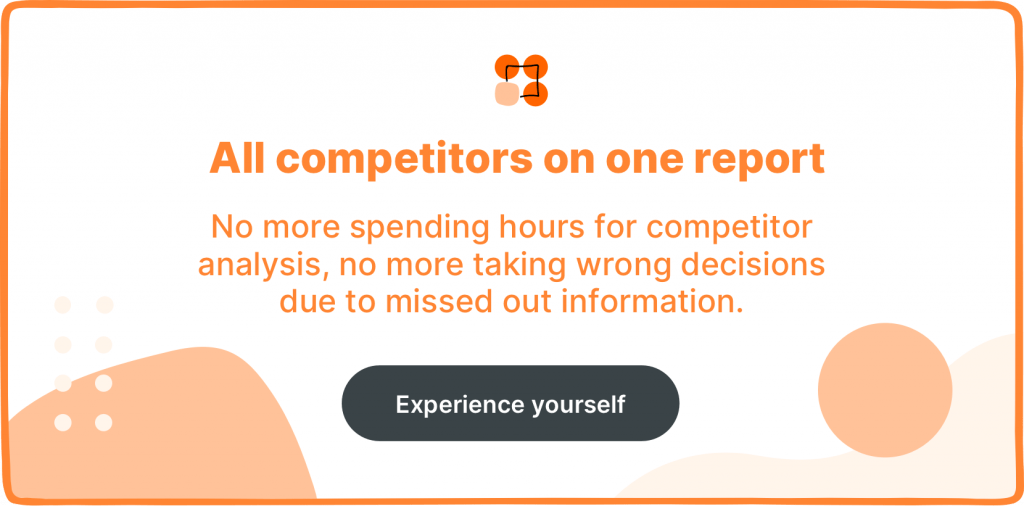Summarize this article via
You’re competing for the same share of attention on social media.
You and other businesses in your space are trying to get engagement, brand growth, and, ultimately, sales from the same audience.
So, who best to emulate, learn from, and outmaneuver than others with the same goals as you?
And what better place to start than the content you publish?
That is because thriving on social media is about posting quality content that uniquely appeals to your audience. However, your idea of that content may not be as fully sketched as you think.
Chances are your competitors have made realizations they’re leveraging to optimize their social media content for better performance. You can learn those secrets without going through the same trial-and-error process they likely endured.
When your competitors’ social media content strategy shifts, tracking it can help you see exactly what they’ve changed. Further tracking can show you if it was a worthwhile move and the results it’s driving.
With the context firmly laid, we’ll walk you through exactly how to track and analyze your competitors’ social media content strategy.
Let’s jump straight in.
This article is a part of the series on How to analyze your competitors’ social media channels.
Ways to monitor your competitors’ content strategy
While general competitor analysis accounts for different aspects of your competitors’ social media strategy, our focus right now is on the content itself.
We’re looking at the kinds of content that your competitors have decided on posting and how they’ve chosen to do so. We’re also particularly interested in the substance of the content and how your competitors are positioning it for success.
Track post days and hours
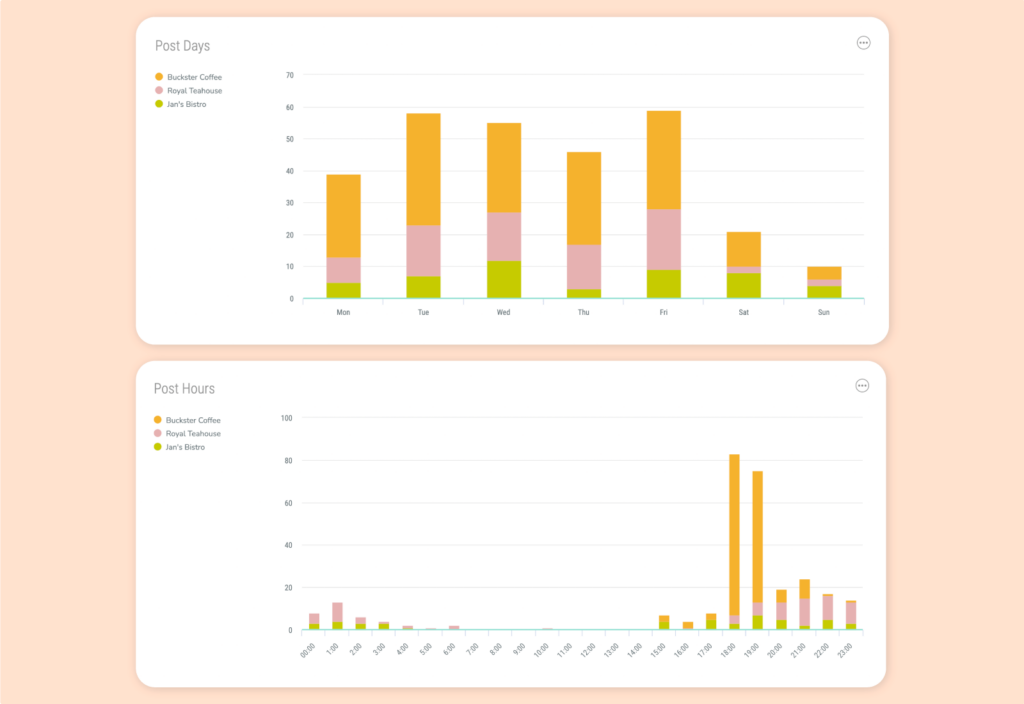
As you’ve probably already realized, posting at the wrong time can harm the performance of otherwise good content.
Your competitors have probably learned this, too, and it may have prompted them to schedule their posts to coincide with their followers’ most active hours.
Take a clear look at this information, paying attention to both the days and hours that your competitors have chosen as regular times to publish content.
For accurate results, take care to change your time zone to match that of the competitor you’re tracking.
For a wider perspective, you can look at the frequent post days and hours of different competitors.
If they seem to be aligning, that could be a sign that each timeslot has proven optimal for boosting the performance of posts.
✨ Bonus: What are the best times to post on social media
Track post types
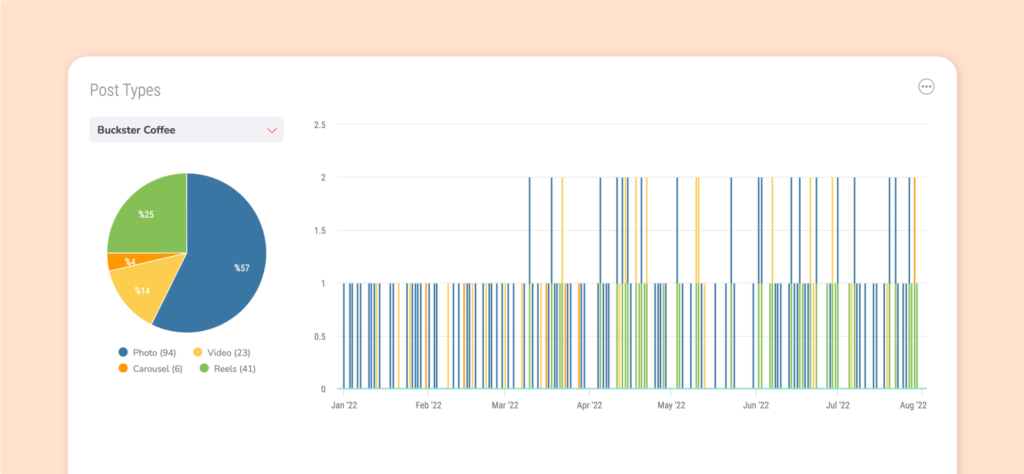
A crucial part of any content strategy is the mix of post types.
Your audience may enjoy, for example, carousels more than pictures. However, posting too many carousels can backfire.
The trick is in finding the right balance to maximize and maintain engagement.
Your competitors have probably put some work into finding their ideal mix, which can give you inspiration and useful insights as you try to find yours.
See what post types they’re focusing on and the percentage of their total posts that each of those types accounts for.
Track individual posts’ performance metrics
Finally, one of the most effective ways to analyze your competitors’ social media content strategy is to look at their posts.
You’ll find these at the end of all the reports that you’ll generate.

This gives you a chance to see the actual content, including the graphics and captions. Plus, you can see essential performance stats for each post—how much engagement it attracted.
You’ll also get a higher-level understanding of how the aforementioned factors are playing out in practice. This helps you see what tactics your competitors are using within their content.
Some common tactics include:
- Using emojis in captions, which a study showed increases engagement by 48%;
- Placing text within images and stories, which has been shown to boost performance on Instagram by 75%; and
- Putting subtitles on videos can increase engagement by 12%.
Of course, many of the above tactics depend on your industry and your exact audience. Generally, though, be sure to look at various elements of your competitors’ content.
You may find that your competitors are inviting engagement by, for example, asking questions.

This crucial part of the analysis we’re covering today also gives you insights on things such as your competitors’ voice and tone, their brand aesthetic, and how they’re incorporating it into their social media content besides their broader creative decisions.
You can also sort posts to display first those that are performing best. The various options help you to sort the results according to your own KPIs, which makes it easier to draw lessons that you can act upon.
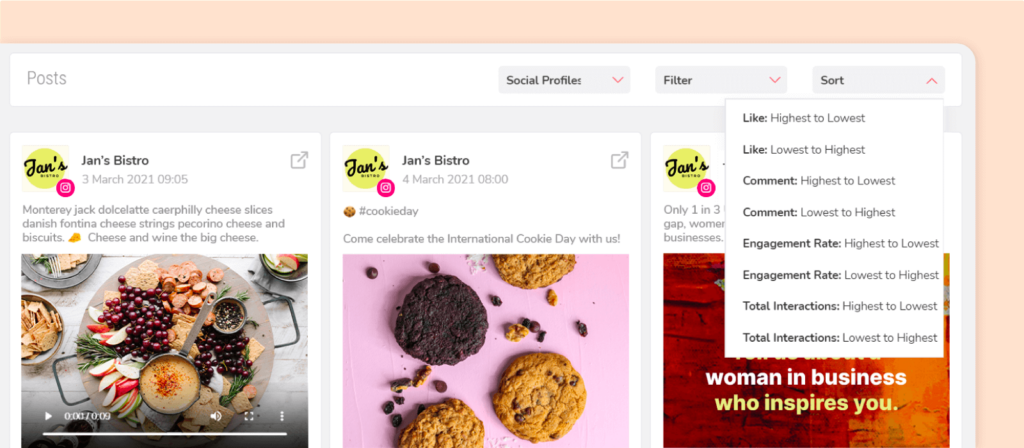
Improving your analysis of your competitor’s social media content strategy
Apart from tracking the aforementioned metrics and factors, there’s more you can do to allow for deeper and more meaningful analysis.
Historical data
The farther back you can look when analyzing your competitors’ social media content strategy, the more context you can tap into.
Sociality.io retains competitors’ posts returning 100 days from when you add the competitor to the platform.
By leveraging this data, your understanding of your competitors’ social media content can expand beyond what they’re doing now. Instead, you’ll be able to develop a longer-term picture of how their strategies are shifting and in precisely what ways.
Multiple competitors at the same time
Analyzing only one competitor can give you some perspective, especially if your products, services, and market intersect heavily.
However, if you want a bigger picture that tells a fuller story about connecting with your audience, you’re best off analyzing a few competitors at once.
Scheduled reports
Remember, you can have reports with all essential competitor information sent to your email. All you need to do is set your preferred frequency.
Social media management can involve a lot. Automatic reports free up more of your time so that you can dedicate it to other tasks that contribute to your meeting your objectives.
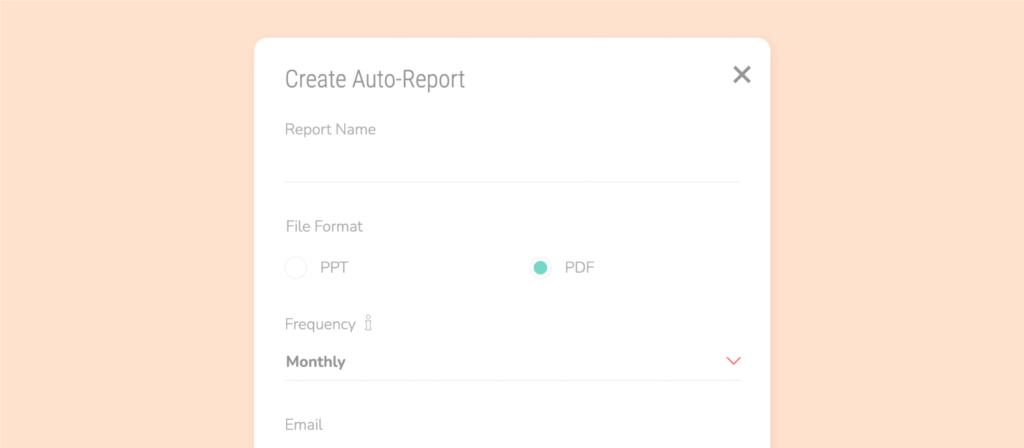
That’s a wrap…
These are as much as you need to know to get started with figuring out your competitors’ social media content strategy and using it to improve yours. Consider those aspects of your competitors’ social media content strategy but keep an open mind when developing yours.
Any change in your competitors’ social media content practices might be worth investigating and can point you to more substantial changes that they are making.
With this specific form of competitor analysis, you’ll always have a content strategy that’s a step ahead of what other businesses are using to win the attention of your target audience.
